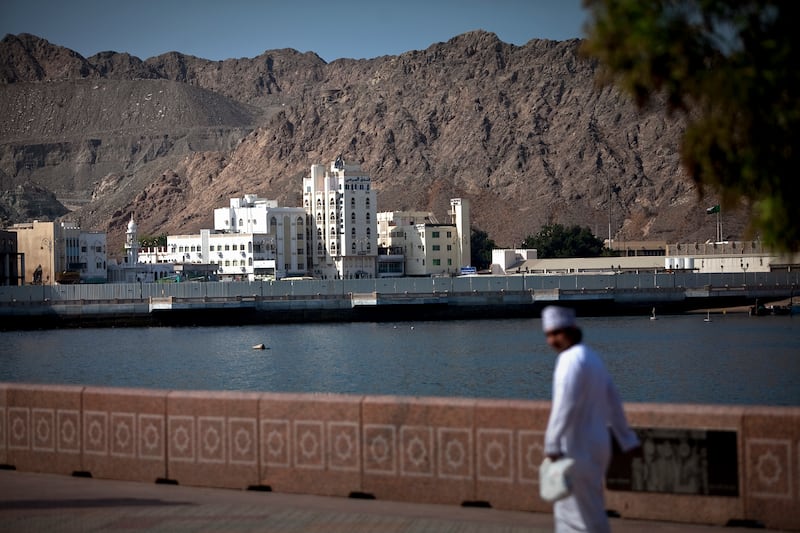Fitch Ratings has revised its outlook on Oman from stable to positive and affirmed its “BB” rating as the country’s finances strengthened on the back of higher oil revenue and a fall in public debt.
The positive outlook reflects the view that the government is committed to fiscal consolidation, the rating agency said in a statement on Tuesday.
The government debt to gross domestic product ratio fell to 40 per cent in 2022, from 61 per cent at the end of 2021, and is projected to reach 37 per cent by the end of 2024, Fitch said.
“Fiscal reform should be sufficient to limit a deterioration of Oman’s budget, debt to GDP ratio and external position under our assumption of lower oil prices this year and next,” the rating agency said.
Oman launched a three-year fiscal stability programme in October to add to the momentum of the sultanate’seconomic recovery from the pandemic-driven slowdown and support the development of the country’s financial sector.
Launched by Oman's Sultan Haitham, the National Programme for Financial Sustainability and Development of the Financial Sector would begin in January 2023, according to a government statement.
The sultanate also signed agreements with its GCC neighbours to boost its economy and create jobs, including a $3 billion railway network with the UAE and a $320 million infrastructure development project with the Saudi Fund for Development.
Oman, the largest non-Opec producer in the Middle East, expects a budget deficit of 1.3 billion rials ($3.37 billion) in 2023, or 3 per cent of its GDP, after achieving a surplus of 1.146 billion rials for 2022, the Ministry of Finance said in January.
However, Fitch projected a government budget surplus of 2.3 per cent of GDP in 2023 and 0.1 per cent of GDP in 2024.
Non-oil tax revenue should rise to 5.6 per cent of non-oil GDP, from 5.2 per cent in 2022, Fitch estimated.
“High oil prices and global inflationary pressures have led the government to pause some measures included in its medium-term fiscal plan, including a rise in the value added tax rate and the introduction of personal income tax,” the agency said.
“We expect continued restraint on current spending and the partial implementation of the fiscal plan to allow Oman’s fiscal breakeven price to decline to $67 per barrel in 2025, a significant improvement from $77 per barrel in 2022.”
Lower external debt has eased external liquidity risk and Oman’s sovereign net foreign assets will return to a positive position in 2023.
Fitch expects the sultanate’s economy to expand 1.1 per cent in 2023, slowing from 4.3 per cent in 2022 on lower oil production. It estimates non-oil sector growth of 2.3 per cent, driven by the recovery of the construction sector.







